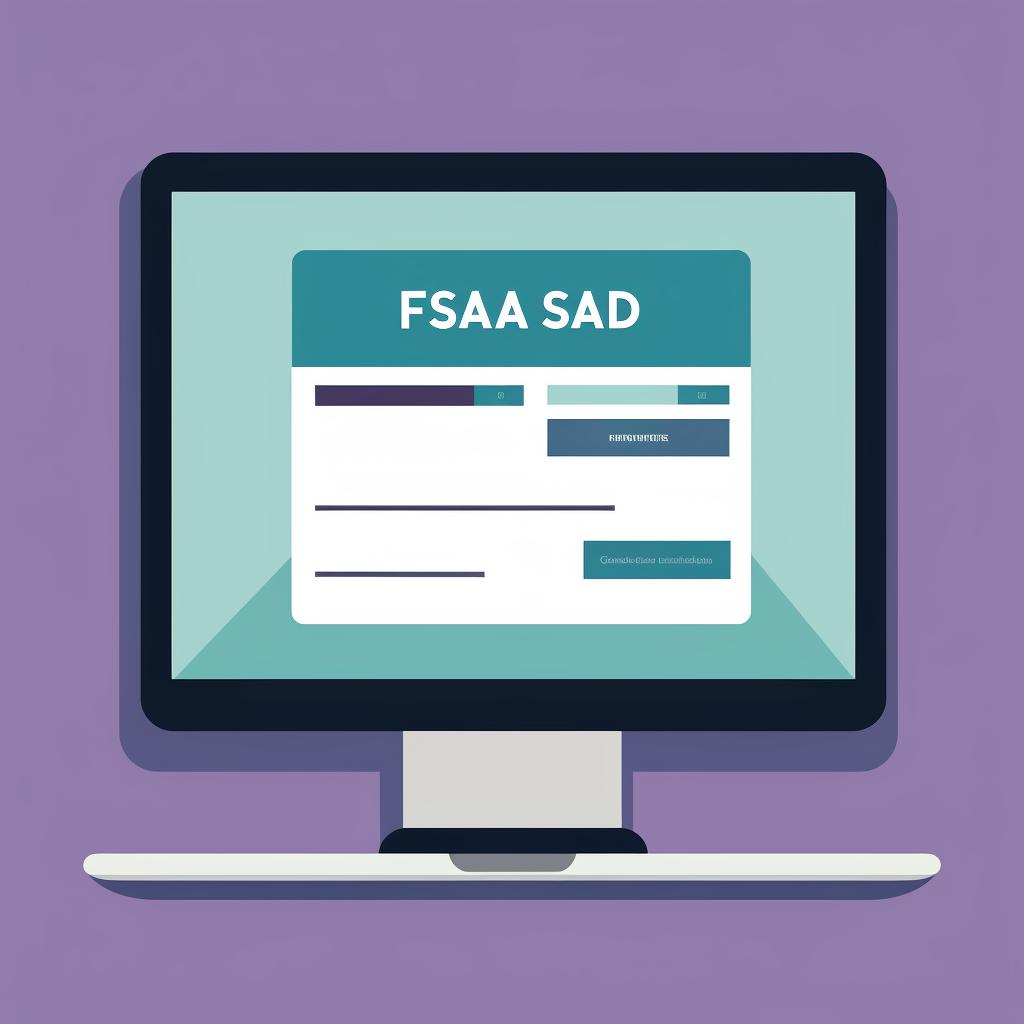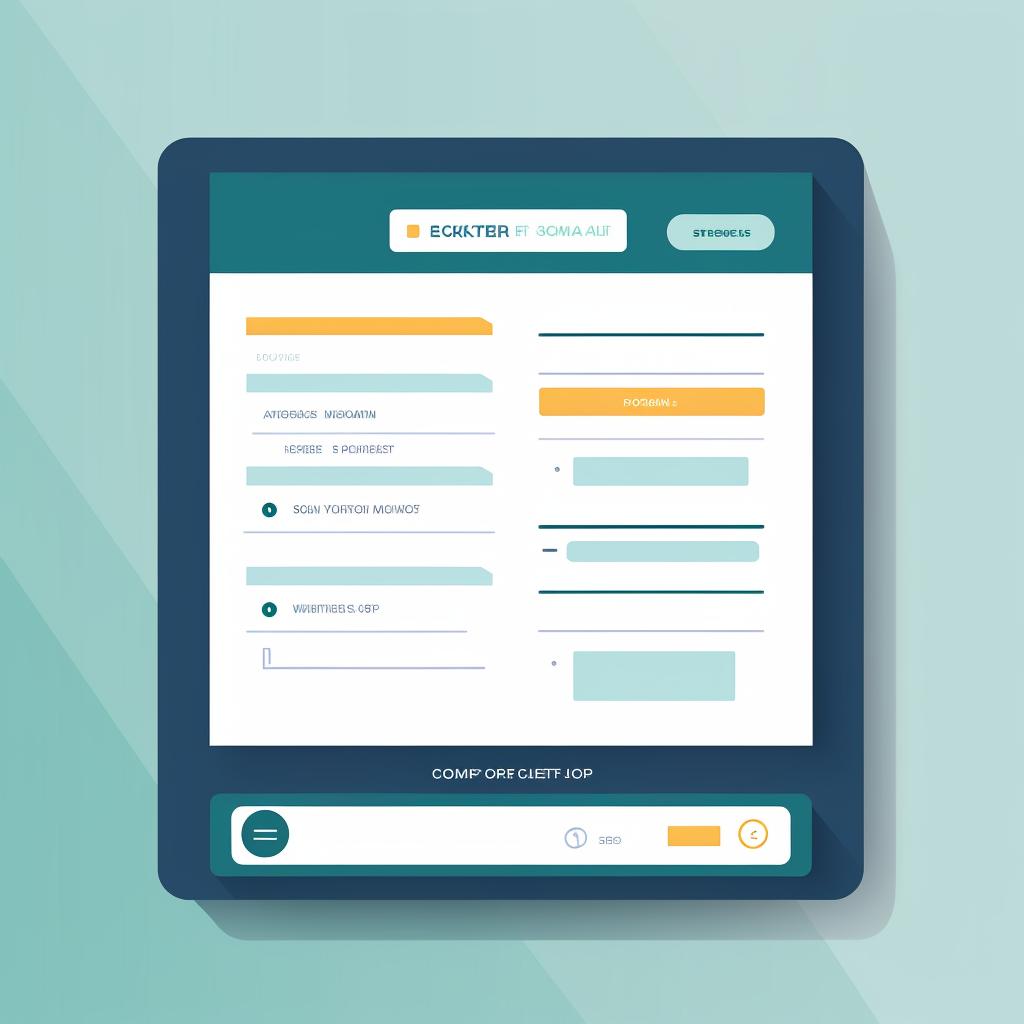Aiden Clark is a financial journalist who covers student loans and higher education costs. His investigative reporting uncovers hidden truths and provides students with valuable insights.
As a financial journalist, I've had extensive experience with the FAFSA (Free Application for Federal Student Aid) process. I've walked through the application process multiple times and have gathered a wealth of knowledge and tips that can help you navigate it with ease.
Demystifying FAFSA: What You Need to Know 🎓
The FAFSA is a free application that students can use to apply for federal financial aid. It's an essential part of securing funding for college. It can be a bit daunting, but understanding the basics of how student loans function in the United States can make the process smoother.
Navigating the FAFSA Maze: Your Application Journey 🧭
The FAFSA application process involves providing information about your financial situation, including income and assets. This information is used to determine your Expected Family Contribution (EFC), which in turn determines how much aid you're eligible for.
Now that we've discussed the importance of FAFSA and what it entails, let's delve into the specifics of how to complete the application.
Learn more about Completing the FAFSA: A Step-by-Step Guide 🎓 or discover other Need Student Loan guides.
Once you've completed these steps, your FAFSA application is done. However, remember that this isn't a one-time process. You'll need to reapply for FAFSA every year you're in school.
Applying for FAFSA can be done online and generally involves the following steps: gathering necessary documents, filling out personal and financial information, choosing schools to receive your information, and signing and submitting your application. For a more detailed guide, check out our article on how long does FAFSA take to process?
Cracking the FAFSA Code: Insider Tips for Success 💡
Here are some FAFSA tips to keep in mind: apply as early as possible, use the IRS Data Retrieval Tool for accuracy, don't leave any fields blank, and review your Student Aid Report (SAR) carefully after submission.
Before you dive into the FAFSA application process, here's a handy checklist to ensure you've covered all the necessary steps for a successful application:
Now that you've gone through the checklist, let's dive deeper into the process of reapplying for FAFSA and how it relates to student loans.
1. Gather all necessary documents. 2. Apply early. 3. Fill out all fields accurately. 4. Review your SAR carefully. 5. Don't forget to reapply every year.
FAFSA Round Two: The Reapplication Process Explained 🔄
Remember that FAFSA is not a one-time process. You need to reapply for FAFSA every year you're in school. The good news is that after the first application, subsequent ones are much easier as the system retains your information.
Unlocking Student Loans: FAFSA as Your Key 🔑
FAFSA is not only for grants and work-study. It's also essential for applying for federal student loans. The FAFSA results will tell you what types of loans you're eligible for. To learn more about student loans, visit our FAQ on the best and most reliable student loans.
Now that we've covered the basics of FAFSA, let's delve into some of the most common questions students have about the process.
Remember, the FAFSA can seem daunting, but it's a crucial step in securing financial aid for your education. Don't hesitate to seek help if you need it.
Over the years, I've received a lot of questions about FAFSA. I've compiled some of the most common ones in this FAQ section. If you have more questions, feel free to ask.
Applying for FAFSA can be a complex process, but with the right knowledge and preparation, it doesn't have to be. I hope this guide has given you a clearer understanding of FAFSA and how to navigate the application process. Good luck!






















